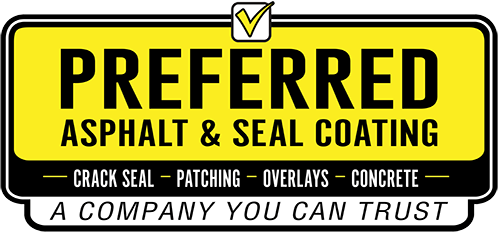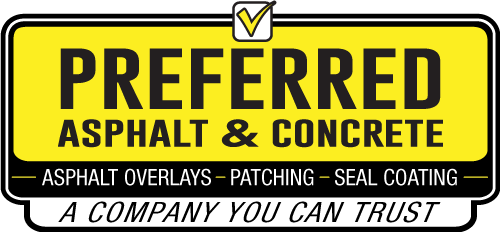BY ALLAN HEYDORN ON MAR 1, 2016 FEATURING P.A.C’S ROB PASKIEWICZ!
Scheduling…and Adapting
Paskiewicz says the work was scheduled to accommodate the needs of Adesa. The contractor didn’t want to ignore its other shopping center and apartment complex customers or tie its crews to only one job, and Adesa needed to stay open for business.
400,000 sq. yds. of Sealcoating
The complexity and duration of the job – crews worked 12 days over three weeks from start to finish – called for a staging area, which ROB PASKIEWICZ set up in a lower parking lot outside the secure Adesa property. The area contained drop tanks for sealer and storage for cones, barriers and some equipment.
Flexibility Aids Productivity
Paskiewicz says one key to the success of the job was maintaining the level of productivity, and he says Adesa was helpful with that when changes prevented ROB PASKIEWICZ from working in a scheduled area. He says Adesa recognized that work had to proceed along the plan and schedule to make the job worthwhile for the contractor.

